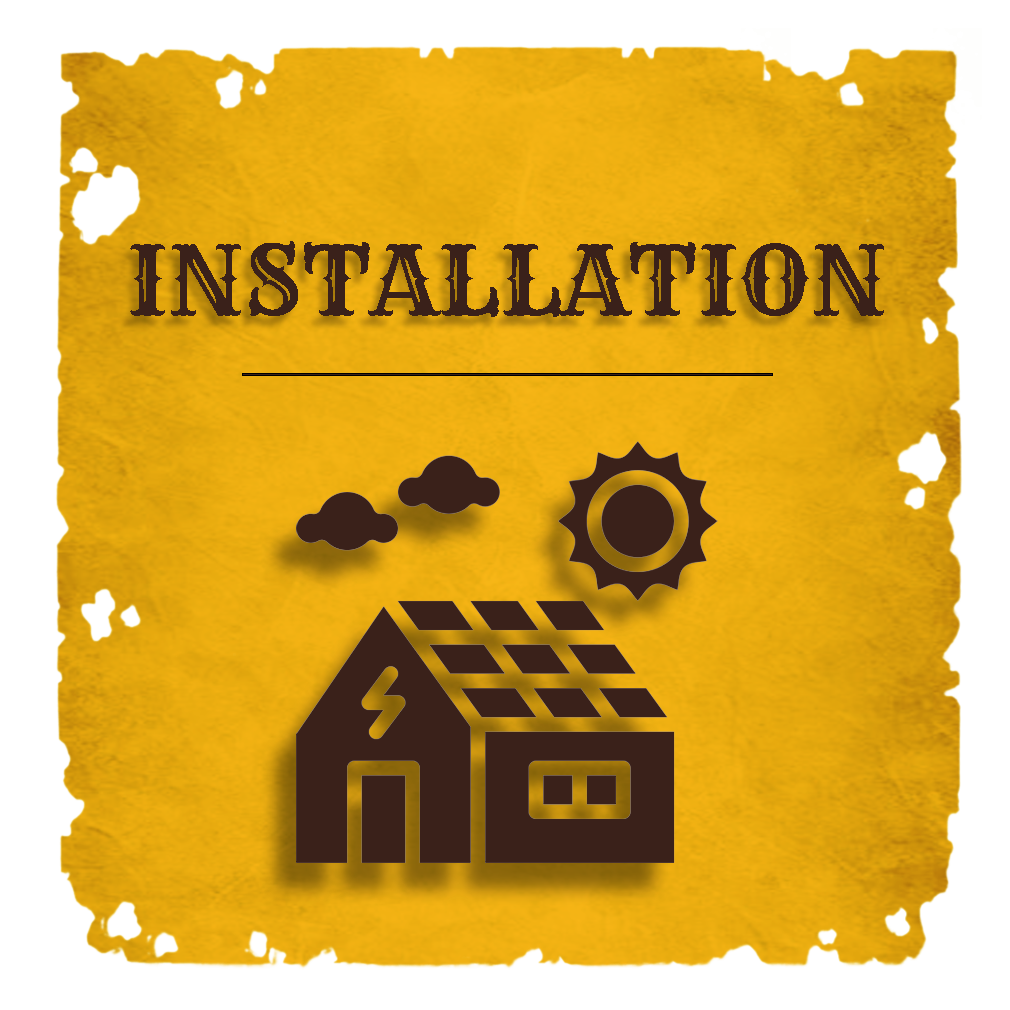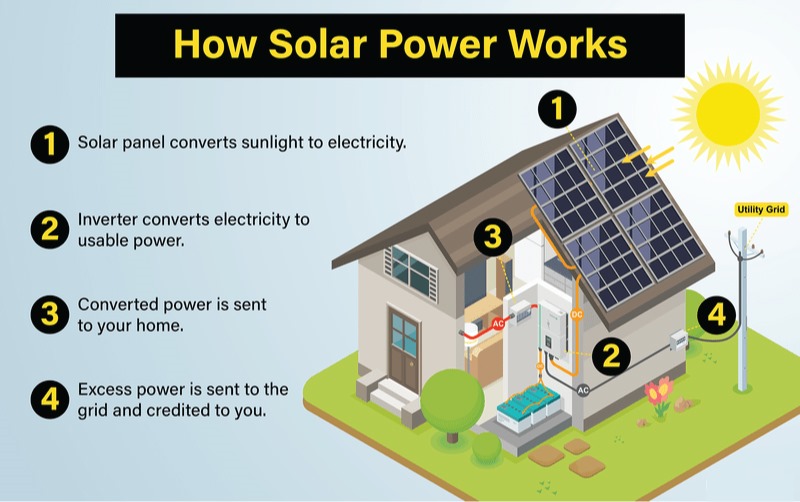1 min read
Our Solar Cowboys Installation Journey
Are you ready to join the solar revolution and power your home sustainably? Look no further than Solar Cowboys, where we make the transition to solar...
2 min read
 Sebastian Sovero
:
Mar 14, 2024 1:07:35 PM
Sebastian Sovero
:
Mar 14, 2024 1:07:35 PM

Going Solar in Texas: Overcoming Co-op Challenges
Texas, known for its abundant sunshine, is an ideal place for homeowners to harness solar energy. However, navigating the requirements of various electric cooperatives (co-ops) across the state can be daunting. Whether you're with AEP, Austin Energy, or any other co-op, here's how you can go solar seamlessly:
1. Understand Co-op Requirements:
Each co-op has its own set of rules and procedures for solar installations. For instance, AEP requires after-installation photos of the AC Disconnect Box and a clear photo of the Solar Breaker. Meanwhile, Austin Energy mandates inspections, which can take up to 4 weeks to schedule.
2. Coordinate with Co-op Contacts:
Reach out to the designated contacts within your co-op for guidance. For example, if you're dealing with Austin Energy, you can contact David Cranston, the Solar Inspections Program Coordinator, for assistance.
3. Fulfill Necessary Inspections:
Ensure that your solar setup meets all inspection criteria outlined by your co-op. Whether it's installing a production meter for Concho Valley or providing photos of the installation for Tri-County Electric Co-op, adherence to these requirements is crucial.
4. Manage Costs and Fees:
Be aware of any associated costs or fees. While some co-ops offer incentives like a $2500 rebate with installation by a participating contractor (offered by Austin Energy), others, like Cherokee County Electric, have specific fees based on system size.
5. Navigate Net Metering Policies:
Understand your co-op's net metering policy regarding excess energy production. While some co-ops offer 1:1 credits without buyback programs, others may credit excess energy at the avoided cost, providing refunds for credit balances exceeding a certain threshold.
6. Ensure Compliance and Safety:
Adhere to safety regulations and compliance standards set by your co-op. This includes insurance requirements, proper meter installations, and adherence to installation guidelines, such as avoiding standby mode during inspections, as specified by United Cooperative Services.
7. Stay Informed and Connected:
Keep yourself updated on any changes or updates from your co-op regarding solar policies. Whether it's through newsletters, online resources, or direct communication with co-op representatives, staying informed will help streamline the solar transition process.
Conclusion:
Going solar in Texas, even with co-op regulations, is entirely feasible with proper planning, coordination, and adherence to guidelines. By understanding and meeting your co-op's requirements, you can harness the abundant solar energy available in the Lone Star State while contributing to a more sustainable future for yourself and your community.
P.S. If you're ready to unlock the power of the sun for your home, even if you're in a Co-op, then claim your free 60-minute energy consultant meeting and find out exactly how to go solar with your Co-op.

1 min read
Are you ready to join the solar revolution and power your home sustainably? Look no further than Solar Cowboys, where we make the transition to solar...

1 min read
Ah, let's break down the magic of solar energy, partner!We all know solar power is clean, endless, and easy on the wallet. But how does it power up...
.png)
2 min read
Introduction:With the increasing popularity of solar power, choosing the right solar company to install panels on your home is crucial. However,...